[INTERVIEW] Pete Docter of Pixar Discusses Anxiety Over Ennui and the Joy of Global Success
Disney & Pixar’s "Inside Out 2" has surpassed "Frozen 2," becoming the highest-grossing animated film in history worldwide. We interviewed Pete Docter, who directed the Academy Award-winning "Inside Out" (2015) and is now the executive producer of its sequel. Docter, Pixar Animation Studios' Chief Creative Officer, shared his insights into the making of the film.
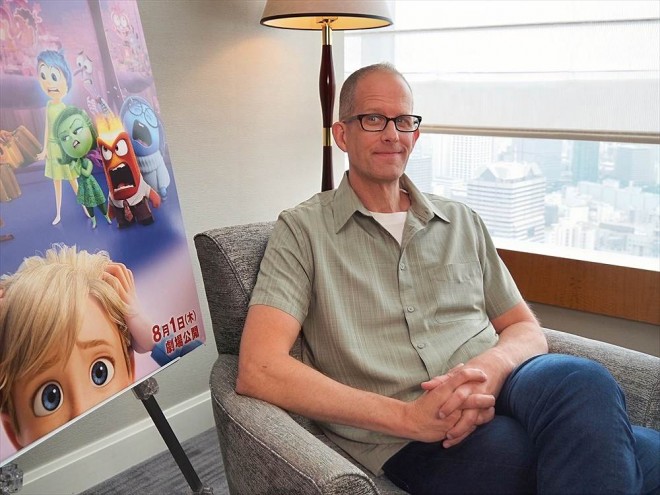
Pete Docter, Pixar's Chief Creative Officer (C) ORICON NewS inc.
In "Inside Out 2," the five emotions—Joy, Sadness, Disgust, Fear, and Anger—who have watched over protagonist Riley’s happiness since childhood return. As Riley faces the significant milestone of starting high school, four new "adult emotions" emerge within her.
These new emotions include Anxiety, who imagines the worst possible futures and overprepares; Envy, who constantly compares herself to others despite her small stature; Ennui, who is perpetually bored, unmotivated, and never parts with her smartphone; and Embarrassment, who hides her face with a hood when she’s overwhelmingly shy.
As Riley navigates these emotional upheavals, she begins to lose her sense of self. The film imaginatively portrays Riley's internal complexities as she grows and faces new challenges, resonating with both children entering adolescence and adults who have experienced it.
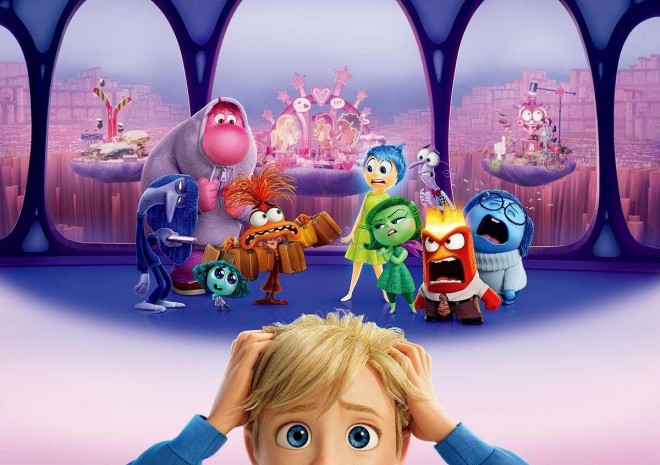
Disney & Pixar's 'Inside Out 2' (Now Playing in Japan) (C) 2024 Disney/Pixar. All Rights Reserved.
Interview with Pete Docter
Why did you entrust Kelsey Mann with directing the sequel?
Pete Docter:
While I was busy finishing "Soul," I asked Kelsey Mann to explore the possibility of a sequel to "Inside Out." Kelsey had been a story supervisor for "Monsters University," "The Good Dinosaur," and "Onward." I thought he would bring humor, energy, and much more to the project. If he had no ideas, I planned to drop the sequel. However, he came up with excellent ideas, focusing on not just Joy and Sadness but also the evolution of complex emotions. I found this approach compelling and decided to entrust him with the project.
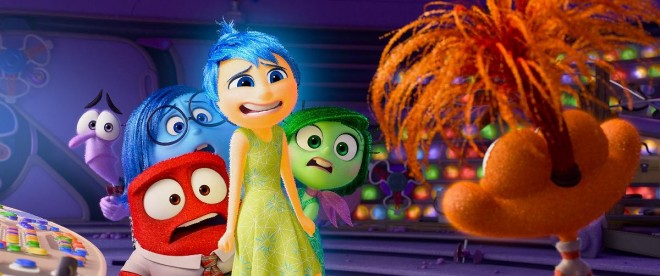
Disney & Pixar's 'Inside Out 2' (Now Playing in Japan) (C) 2024 Disney/Pixar. All Rights Reserved.
Many people find watching a two-hour movie to be "ennui." Are you concerned about this trend?
Pete Docter:
Yes, we worry about people who get bored and start using their smartphones while watching movies. We strive to create universally appealing films, putting all our energy into every frame and line of dialogue. There’s always concern about whether our efforts resonate with an audience that might be distracted by their phones.
We were fortunate to release "Inside Out 2" in theaters (unlike "Soul," which was released via streaming). I'm thrilled to see people returning to cinemas post-pandemic. Watching movies in a dark theater with friends and strangers allows for better concentration and leaves a more lasting impression.
People go to the cinema because they want to feel something. It's gratifying to see many people enjoying this film in theaters. This success has brought us great joy, reducing our anxiety from a year ago and boosting our confidence.
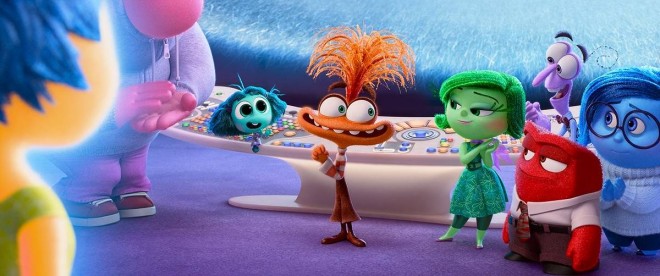
Disney & Pixar's 'Inside Out 2' (Now Playing in Japan) (C) 2024 Disney/Pixar. All Rights Reserved.
What changes or growth does Pixar aim for to survive and thrive?
Pete Docter:
I once asked my musician father what was good about Stravinsky’s music, which is filled with dissonance and complex rhythms. He told me that balance between harmony and surprise is crucial. Continuous harmony can be stress-free but boring, while too much unpredictability can be unrelatable. This balance is essential.
As a studio, our challenge is to create familiar, comforting Pixar-like experiences while also introducing new and surprising elements that keep our audience engaged. We seek stories that make people say, "That’s exactly how I felt," rather than just "That's interesting." Regardless of the protagonist's age, gender, occupation, or circumstances, we aim to create universally relatable stories.
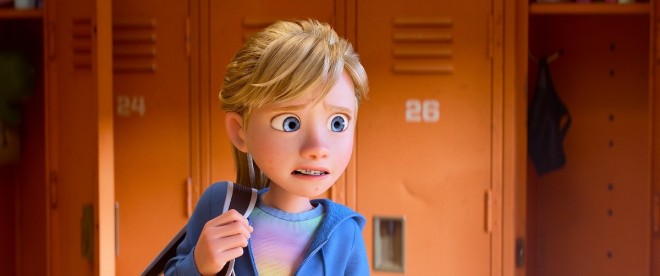
Disney & Pixar's 'Inside Out 2' (Now Playing in Japan) (C) 2024 Disney/Pixar. All Rights Reserved.
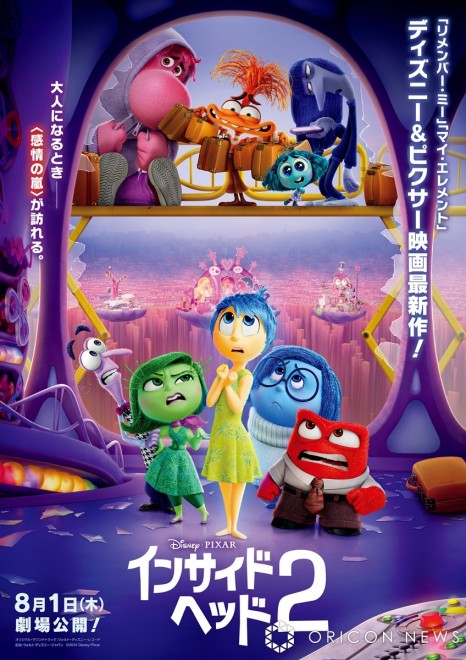
Disney & Pixar's 'Inside Out 2' (Now Playing in Japan) (C) 2024 Disney/Pixar. All Rights Reserved.
Source : ORICON NEWS
![[INTERVIEW] "Inside Out 2" Becomes a Global Hit with Relatable Adult Emotions: Interview with the Director & Producer](/upimg/thumb/1000/1345/img280/195dac8340d3cba187878afff7a9a94c.jpg)
![[Disney] Japanese Creator Triumphs in Global Hit 'Inside Out 2': Yoshiko Murayama's Impact on Pixar's Latest Success](/upimg/thumb/1000/1136/img280/d2e1d2826818ec3a07ed238c3c6bcce7.jpg)
![[Legendary] Pixar's Top Creatives and Director Hayao Miyazaki Engage in a Rare Dialogue](/upimg/thumb/1000/1343/img280/816a3692acaa7da85c95258bafefd1ea.jpg)
![[Released in theaters in Japan Today] Inside Out 2: Mikako Tabe Shines as New Character 'Anxiety' in Released Scene](/upimg/thumb/1000/1296/img280/a287c578611880b9c1d49d3d161b1d14.jpg)
![[Historical Record] "Inside Out 2" Surpasses "Frozen 2" to Become the No. 1 Animated Film Worldwide](/upimg/thumb/1000/1214/img280/2827f021dddb81b4cf71d1f938df4a6f.jpg)
![[The greatest hit] 'Inside Out 2' Unveils Emotional "Seven Changes" Visual and Special Trailer](/upimg/thumb/1000/1201/img280/f3902851f6287d7988a87fe6961b781f.jpg)


